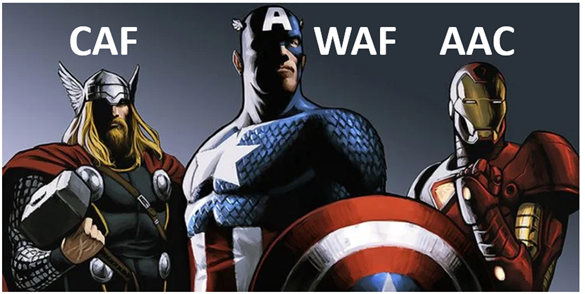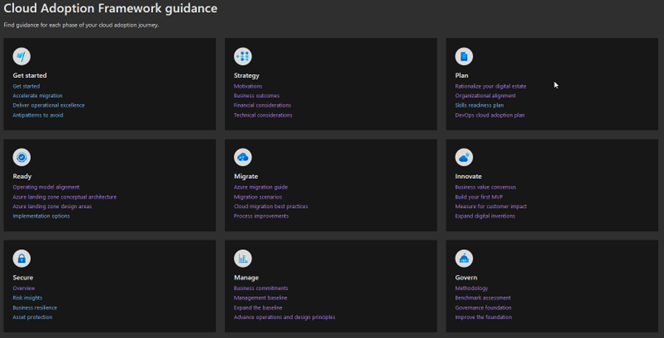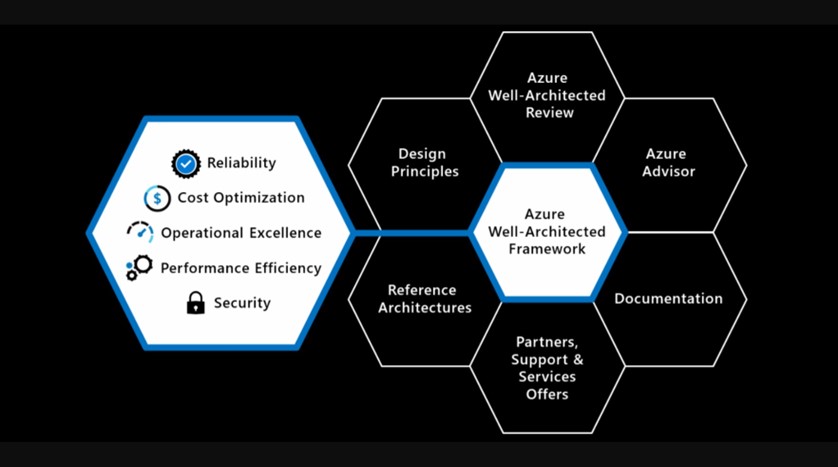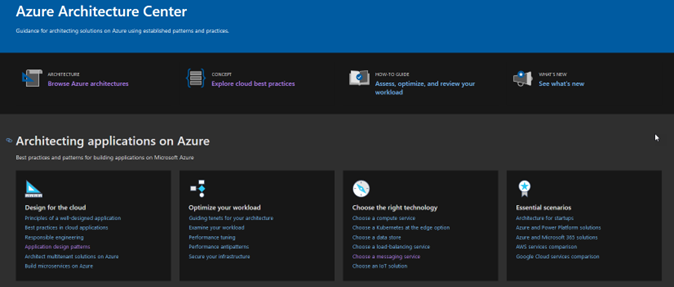Only a few days to go the London Integrate 2022, I decided to write something about this important topic, and I will discuss it more in my session during the Integrate.
Microsoft Azure contains more than 200 main services able to cover any type of business requirement, but we know that business, money, and technology are three very complex ingredients to combine, and this is where CAF, WAF and AAC can help.

Each of them has a specific meaning and reason to exist, and they can be also combined and work together. It is important to have a clear understanding of the relationship between them to use them in the best way, and this is the scope of my article.
Cloud Adoption Framework (CAF)

I want to start from CAF because, in my opinion, it contains the very starting point to engage with Microsoft Azure. The CAF contains the entire guidance, organized by main phases, to adopt the cloud correctly.
The CAF contains all main steps from the very starting point to the full cloud adoption journey. Starting from the strategy to the full adoption of the cloud.
When CAF
The CAF is perfect for a company looking to migrate into Microsoft Azure because it provides all the steps in order. It is also great for a company already using the cloud and that wants to consolidate just one or some of the main areas. I recommend this portal if you need to migrate to Azure and if you need to consolidate one or more than one areas.
One good takeaway is assessment tools offered by the portal, like the Cloud Adoption Strategy Evaluator, or the Governance benchmark, and using these tools, we can quickly assess our cloud adoption status. I also found these tools very helpful in easily engaging very complex discussions with high stakeholders, like long term cost and security strategies.
Speaking about migrating to Microsoft Azure, small or big it could be what you are going to migrate, I think this is the top one resource you can find on the internet.
Well-Architected Framework (WAF)

CAF is great for understanding our journey into the cloud, and after we need to better understand how to build and manage our solutions to obtain the best performances, the top cost optimization, security, and this is where WAF is positioned.
If you already have your workload in the cloud and you are looking for aspects like performance and cost optimization, if you need to build a new solution and you need clear architecture guidance, then WAF is the portal.
I think WAF is the natural second step after CAF. If you need to understand how to architect your solution, then the WAF portal is your place.
Azure Architecture Center (AAC)

A better way to explain the difference between WAF and CAF is that WAF is the theoretical side of AAC.
AAC provides real architecture scenarios for any type of implementation, and it provides the practical implementation of the architecture.
I look at WAF to better understand how to achieve the top from architecture, and I look at AAC to look for a practical example to use, and sometime as a good starting point.
Conclusions
CAF, WAF and AAC are the three major points of reference for Microsoft Azure, and it is important to use them for the correct scope to obtain the best from them.
In this article, I tried to provide some clarifications about them, and I hope it can be helpful for many Azure professionals.
I am always happy and available for more insights and for a chat. Feel free to contact me on LinkedIn.
See you at London Integrate 2022!

